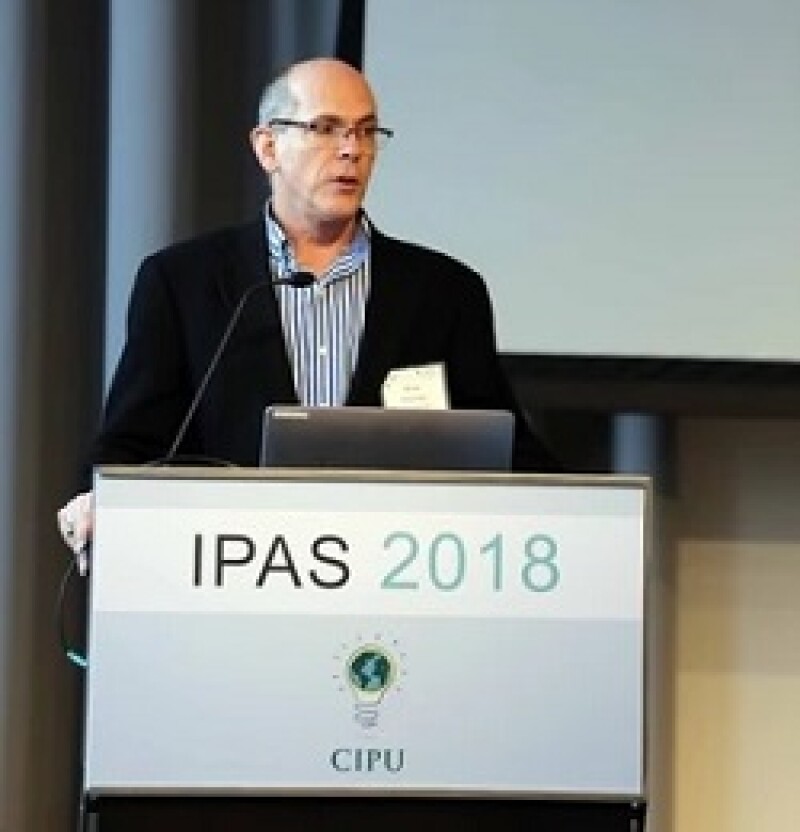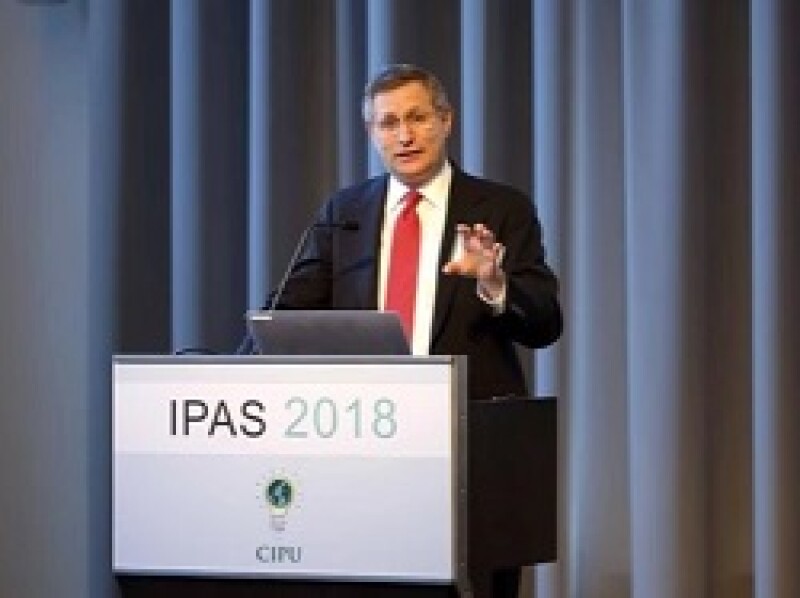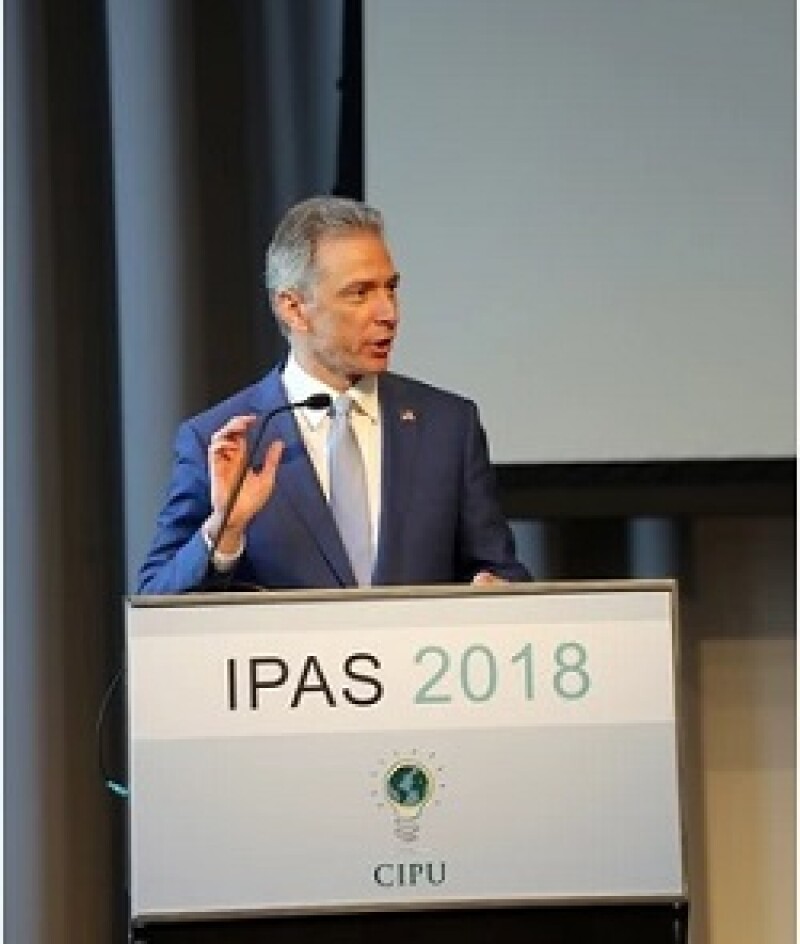The challenge of how to improve understanding of intellectual property was debated at the Second Annual Intellectual Property Awareness Summit in New York on November 29.

Brian Hinman of Aon’s Intellectual Property Solutions and former CIPO of Philips opened the summit by noting public confusion and uncertainty about IP, and doubts about whether it is promoting or stifling IP. “There is a lot of misinformation out there,” he said.
Hinman continued: “What we are trying to do here is increase the awareness of the impact that IP has. It is a true reflection of innovation worldwide and a true differentiator as a company, as an individual inventor, as a university, as a private equity firm. It is a true reflection of that innovation. That is really the message we are trying to send here.”
A gap between awareness and understanding
Increasing awareness is one thing; increasing understanding something else entirely. That was the theme of a presentation by Manny Schecter, chief patent counsel at IBM. He believes the general level of awareness is higher than before.
“In my mind we have a kind of conundrum,” he said. “I think awareness about IP is in many ways increasing but I don’t think real literacy and real understanding is on the same trajectory. It might be increasing but it isn’t keeping up, that’s for sure. That confusion, that lack of understanding, isn’t the sole cause but it enables the lack of respect for intellectual property.”
|
|
“Awareness about IP is in many ways increasing but I don’t think real literacy and real understanding is on the same trajectory” |
|
|
Schecter noted that early on in his career the only information available about intellectual property was a hard copy journal. Now, however, he said people are “bombarded” with free newsletters.
“It is not a function of getting the information now; it is a function of figuring out which information you are going to read,” he said. “I think the same is definitely true for the public. They are not bombarded but intellectual property increasingly turns up in social media and other avenues. Awareness about intellectual property is on the rise. I don’t think that is surprising since most of us recognise that the importance of intellectual property and the value of intellectual property in some ways has been on the rise.”
Importantly, however, Schecter noted: “I don’t think awareness and understanding are the same thing. We can be aware that there is such a thing as patents, trademarks and copyrights and have a sense of what they do but not really understand them, and not be literate in them. A lot of the public are aware but not really literate.”
This lack of understanding is a result of a variety of reasons.
“Intellectual property is hard,” said Schecter. “It is not an intuitive subject to many people. Every one of us has seen articles where the types of intellectual property are used confusingly – where patents, trademarks and copyrights are used interchangeably, incorrectly so, because it is obvious the author didn’t really understand fully what he or she was writing about.”

On the patent side, people often get confused about various aspects of patents, such as the difference between filing and grant date. “All understandable,” noted Schecter.
Those who are intimately familiar with IP do not necessarily help the situation: a second area of confusion, according to Schecter, comes from the public debate around IP. “We argue vigorously for positions in the intellectual property world, and we have a tendency to use a lot of rhetoric and take a lot of extreme positions in trying to make our point,” said Schecter. “Sometimes we actually want that extreme position and sometimes we are just trying to get our point across.”
Schecter urged the audience to close the gap between awareness and understanding by increasing the level of understanding. “We have to figure out how to optimise the benefit of intellectual property,” he said.
Schecter believes that people who say that intellectual property is somehow hurting innovation are really saying is it is not achieving its optimum promotion of innovation.
“If we are actually going to get people understanding intellectual property we have to overcome confusion, we have to overcome misinformation, we have to overcome our own rhetoric and we have to overcome pressure from our clients. Just speak honestly and respectfully. Our innovation economy, our national security, frankly our everyday creature comforts may depend on it,” he said.

“Those of us that really understand IP should feel an obligation to teach the others that need to know about IP but don’t, to help them learn. If we want our competition to respect our IP, we need to respect theirs. And for other countries to respect US IP, they should see us in the United States behaving the same way towards each other. That sounds like something a parent would tell a child but I mean it sincerely.”
Making IP law predictable
The summit also included a presentation by USPTO director Andrei Iancu. He stressed the need for increasing understanding of IP in Congress. He said it was important for new and existing members of Congress to be informed about IP’s importance.
“They should be aware why IP is important to the economy and to America’s standing in the world and competitive position,” said Iancu. “I would urge folks in this room to talk about these issues with members [of Congress] in ways that relate to their priorities and constituents.”
He added: “For the IP system to work as intended, we must make sure future IP laws are predictable, reliable and carefully balanced.”
You can see the full IPAS programme here. The summit included a presentation from Priceline.com founder Jay Walker in which he described a “broken” US patent system and identified a need for a constitutional fix. You can read a response to that speech from Brenda Pomerance on the IPCloseUp blog.










